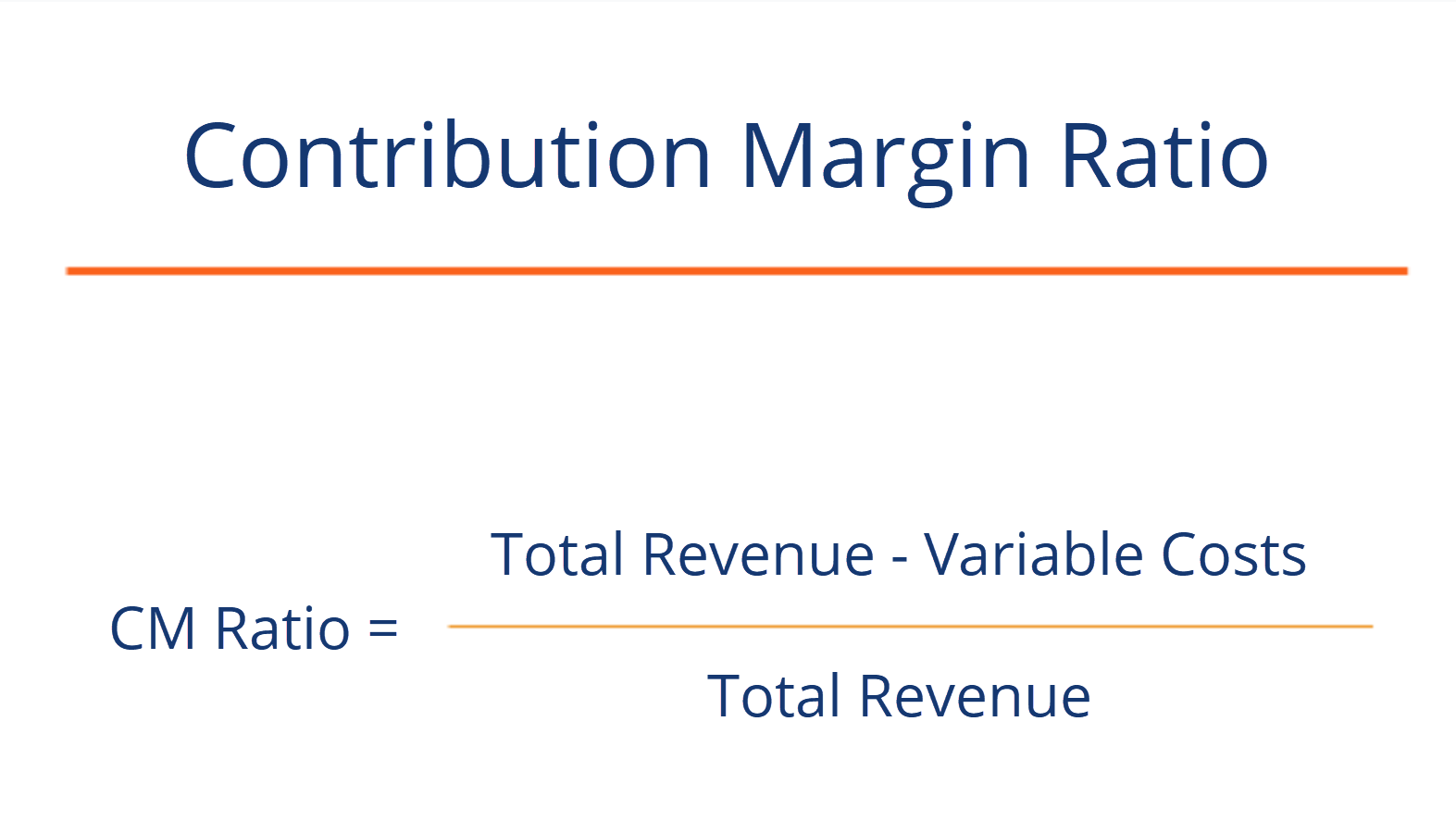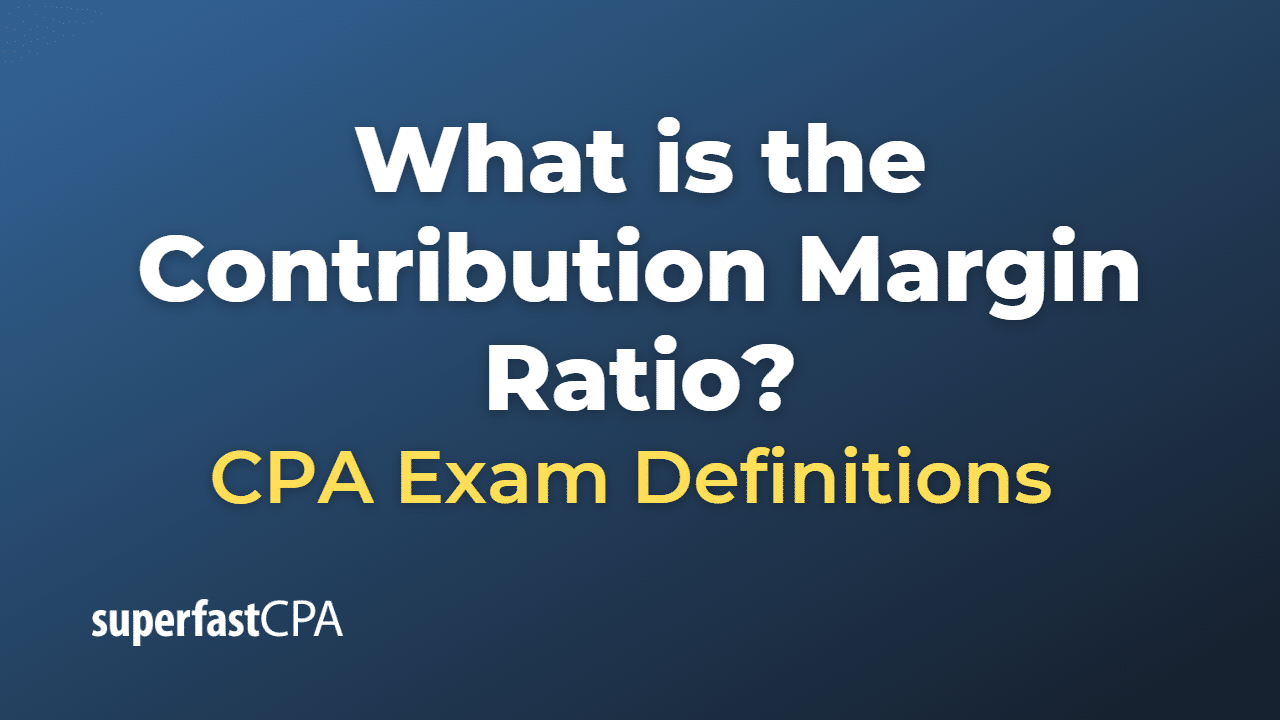Uncategorized
Contribution Margin Ratio: Definition, Formula, and Example

Using the provided data above, we can calculate the price per unit by dividing the total product revenue by the number of products sold. Therefore, the contribution margin reflects how much revenue exceeds the coinciding variable costs. To illustrate how this form of income statement can be used, contribution margin income statements for Hicks Manufacturing are shown for the months of April and May. A university van will hold eight passengers, at a cost of \(\$200\) per van.
Some other helpful tools for business
This analysis can aid in setting prices, planning sales or discounts, and managing additional costs like delivery fees. For example, a company aspiring to offer free delivery should achieve a scale where such an offering doesn’t negatively impact profits. In the United States, similar labor-saving processes have been developed, such as the xero odbc driver featured ability to order groceries or fast food online and have it ready when the customer arrives. Do these labor-saving processes change the cost structure for the company? A business can increase its Contribution Margin Ratio by reducing the cost of goods sold, increasing the selling price of products, or finding ways to reduce fixed costs.
Contribution Margin: What Is It and How To Calculate It
All of our content is based on objective analysis, and the opinions are our own. Shaun Conrad is a Certified Public Accountant and CPA exam expert with a passion for teaching. After almost a decade of experience in public accounting, he created MyAccountingCourse.com to help people learn accounting & finance, pass the CPA exam, and start their career. Managerial accountants also use the contribution margin ratio to calculate break-even points in the break-even analysis.
- You need to calculate the contribution margin to understand whether your business can cover its fixed cost.
- Net sales refer to the total revenue your business generates as a result of selling its goods or services.
- In order to calculate the contribution margin ratio, you’ll first need to calculate the contribution margin.
- In the same example, CMR per unit is $100-$40/$100, which is equal to 0.60 or 60%.
- However, this implies that a company has zero variable costs, which is not realistic for most industries.
- In the Dobson Books Company example, the contribution margin for selling $200,000 worth of books was $120,000.
Contribution Margin Per Unit

The Indirect Costs are the costs that cannot be directly linked to the production. Indirect materials and indirect labor costs that cannot be directly allocated to your products are examples of indirect costs. Furthermore, per unit variable costs remain constant for a given level of production. The contribution margin is different from the gross profit margin, the difference between sales revenue and the cost of goods sold.
You can use the contribution margin calculator using either actual units sold or the projected units to be sold. The following are the steps to calculate the contribution margin for your business. And to understand each of the steps, let’s consider the above-mentioned Dobson example. Thus, the total manufacturing cost for producing 1000 packets of bread comes out to be as follows.
Do you already work with a financial advisor?
Since machine and software costs are often depreciated or amortized, these costs tend to be the same or fixed, no matter the level of activity within a given relevant range. Contribution margin ratio is the difference between your business’s sales (or revenue) and variable expenses for a given time period. As the name suggests, contribution margin ratio is expressed as a percentage. Break even point (BEP) refers to the activity level at which total revenue equals total cost. Contribution margin is the variable expenses plus some part of fixed costs which is covered.
The profitability of our company likely benefited from the increased contribution margin per product, as the contribution margin per dollar increased from $0.60 to $0.68. Next, the CM ratio can be calculated by dividing the amount from the prior step by the price per unit. The analysis of the contribution margin facilitates a more in-depth, granular understanding of a company’s unit economics (and cost structure). Let’s look at an example of how to use the contribution margin ratio formula in practice.
Furthermore, this ratio is also useful in determining the pricing of your products and the impact on profits due to change in sales. Accordingly, in the Dobson Books Company example, the contribution margin ratio was as follows. Direct Costs are the costs that can be directly identified or allocated to your products. For instance, direct material cost and direct labor cost are the costs that can be directly allocated with producing your goods. So, you should produce those goods that generate a high contribution margin. As a result, a high contribution margin would help you in covering the fixed costs of your business.
That is, this ratio calculates the percentage of the contribution margin compared to your company’s net sales. This means that you can reduce your selling price to $12 and still cover your fixed and variable costs. This means that $15 is the remaining profit that you can use to cover the fixed cost of manufacturing umbrellas. Also, you can use the contribution per unit formula to determine the selling price of each umbrella. Based on the contribution margin formula, there are two ways for a company to increase its contribution margins; They can find ways to increase revenues, or they can reduce their variable costs.



